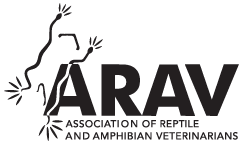VIRUSES
Reptiles
Diakoudi G, Buonavoglia A, Pellegrini F, Capozza P, Vasinioti VI, Cardone R, Catella C, Camero M, Parisi A, Capozzi L, Mendoza-Roldan JA, Otranto D, Bànyai K, Martella V, Lanave G. 2023. Identification of new astroviruses in synanthropic squamates. Res Vet Sci, 161:103–109.
Gainor K, Stewart KM, Picknell A, Russ M, Makela N, Watson K, Mancuso DM, Malik YS, Ghosh S. 2023. First report on detection and complete genomic analysis of a novel CRESS DNA virus from sea turtles. Pathogens (Basel, Switzerland), 12(4):601.
Kuhn JH, Schmaljohn CS. 2023. A brief history of bunyaviral family Hantaviridae. Diseases (Basel,



